How is the flavor of Guatemala Vivette Nanguo coffee beans describe the characteristics of the producing area
At the beginning of drinking coffee, it is easy to mix Ethiopia's Yega Chevy coffee with Guatemala's Vivette Nanguo coffee, because both beans are sour and it's normal to be confused for a while. The front street will tell you how to divide the two coffee beans. Coffee belongs to crops, that is to say, it is also the flavor representative of a producing area. African bean Ethiopian coffee has bright acidity and floral aroma, and is the representative of African beans; Central and South American beans Guatemalan coffee because of volcanic soil, so Guatemalan coffee has a rich taste, with nutty, chocolate flavor and a sense of smoke. is a representative of Central American coffee.
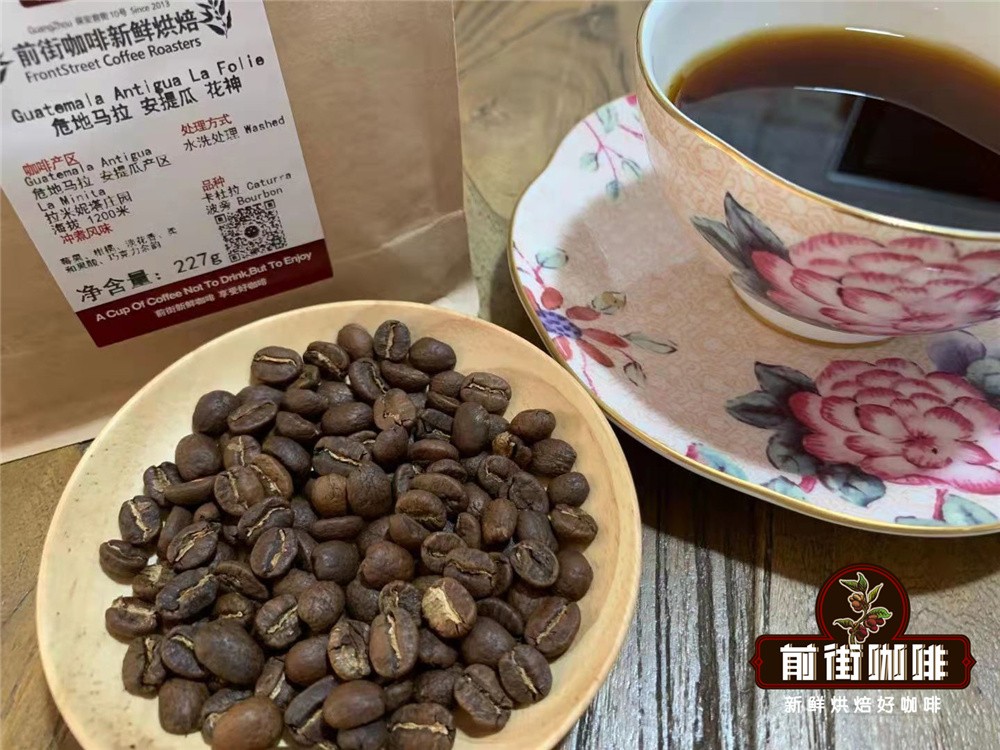
Some people may not like this smoky coffee, but it is precisely because of the smoky feeling that it is obviously different from other kinds of coffee. Critics prefer this mixed flavor coffee with spicy flavor to other kinds of coffee. The coffee produced in Guatemala is one of the top coffee in the world. Guatemala is a high-altitude volcanic terrain, and these volcanoes are the ideal places to grow coffee. The extra hard coffee beans here are a rare good coffee with full grains, delicious taste and balanced acidity. In addition, its giant coffee beans have attracted a lot of attention in Guatemala.
The reason why Qianjie has rations beans is that Qianjie knows that the coffee flavor of each producing area will be different, in order to make people better taste the coffee flavor of different producing areas, so Qianjie will have eight kinds of rations beans from different producing countries, including Panamanian rosy summer coffee. The rations beans selected in front of the street are the most representative coffee in various producing countries, with a high performance-to-price ratio, which is very suitable for everyone to taste and choose their favorite taste.
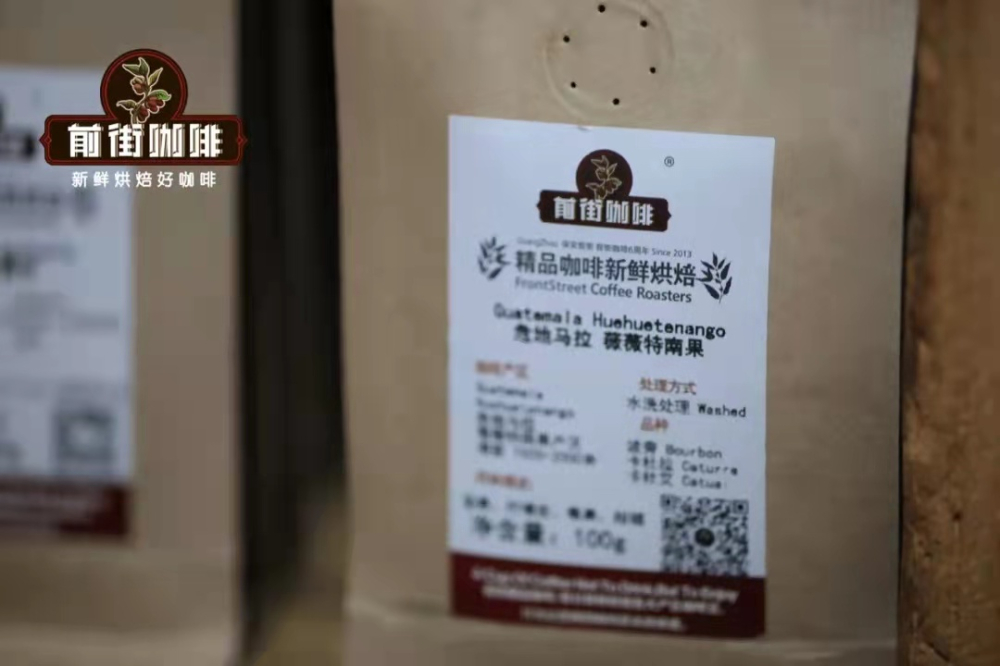
The smoke feeling of Guatemalan coffee has something to do with the local volcanic soil. Guatemala is located in the center of North and South America, and its geographical location occupies an important position in Central America. Guatemala covers an area of about 108899 square kilometers. The land features can be divided into plateau volcanoes, lowland tropical forests, volcanic sandy shore plains along the Pacific coast, and virgin lands along the Caribbean Sea. The SierraMadre Mountains of Central America, which straddles Guatemala from east to west, covers an area of about 2GP3 and has 34 volcanoes. In this country, rivers and lakes dot the landscape, while equatorial forests and plain jungles cover the land. There are also untapped volcanic beaches on the Pacific and Caribbean coasts.
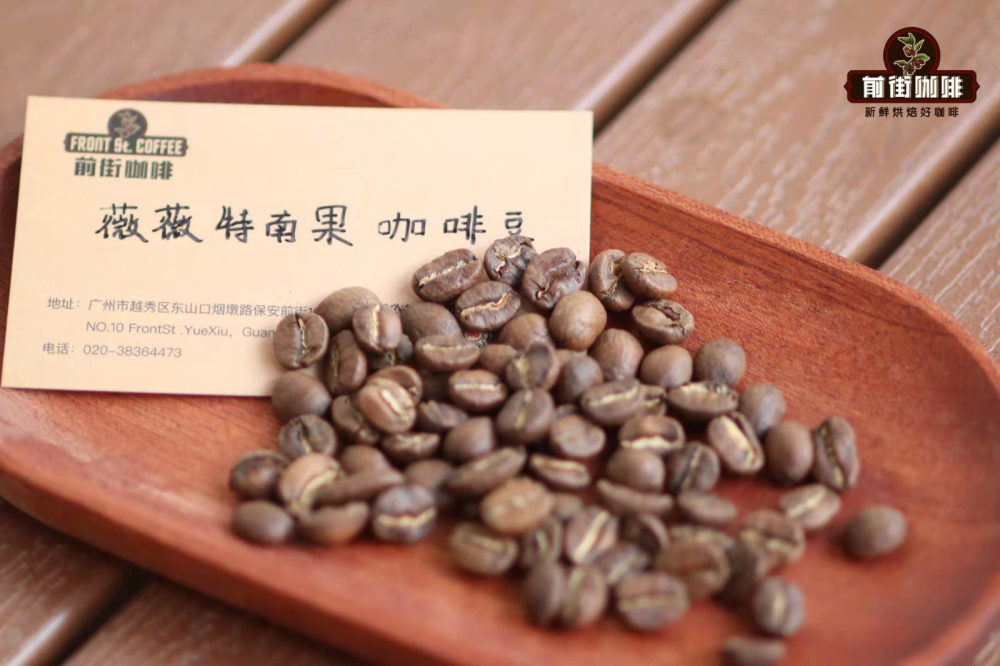
Coffee was really introduced into Guatemala in 1750 by Father Jesuit, and the coffee industry was developed by German colonists at the end of the 19th century. Today, most of the coffee industry's production takes place in the south of the country. There are eight major coffee producing areas in Guatemala, each producing different coffee flavors, but to sum up, Guatemalan coffee shows a mild and mellow overall texture, elegant aroma, and special and pleasant acidity similar to fruit acid, becoming the aristocrat of coffee, among which Antigua Classic Coffee (AntiguaClassic) is highly recommended by global coffee connoisseurs.
Guatemalan coffee producing area
Guatemala has eight coffee producing areas, all located on the upland topography of the subtropical climate. The rich and stable rainfall and fertile volcanic ash soil make all parts of Guatemala have natural conditions suitable for coffee cultivation.
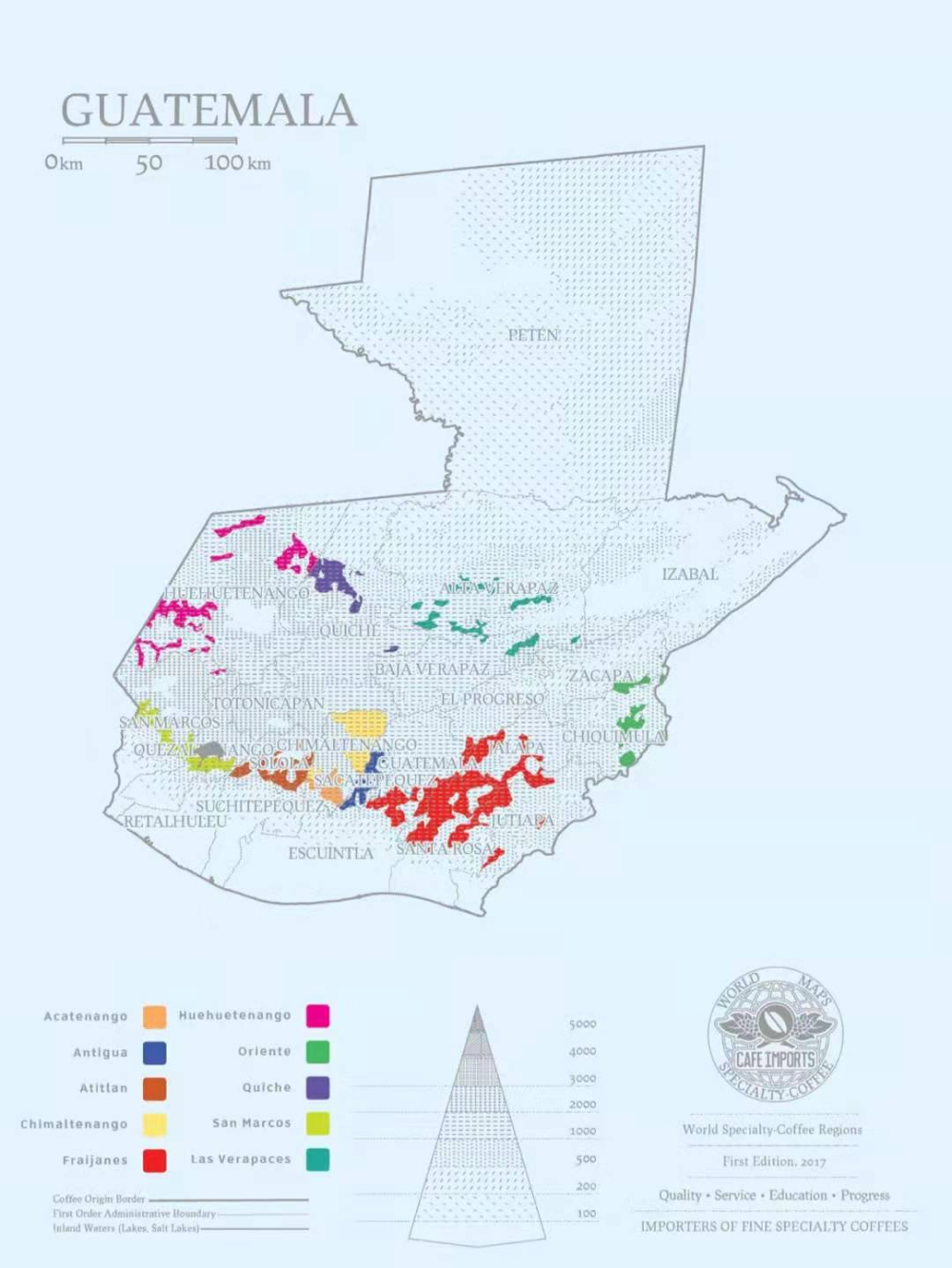
Coffee growing areas in Guatemala include: Antigua, Vivette Nanguo, Copan, San Marks, Artitland, Arcatel Nanguo, Farhanis, New Oriental.
[Antigua]
Antigua is recognized as the most popular coffee producing area in Guatemala. The soil in Antigua is rich in nutrients, which come from minerals deposited after nearby volcanic eruptions. The Fuego volcano, which is still active today, still retains new minerals, keeping the soil fertile. Rich soil, large amount of Rain Water and stable temperature make the coffee in Antigua famous all over the world.
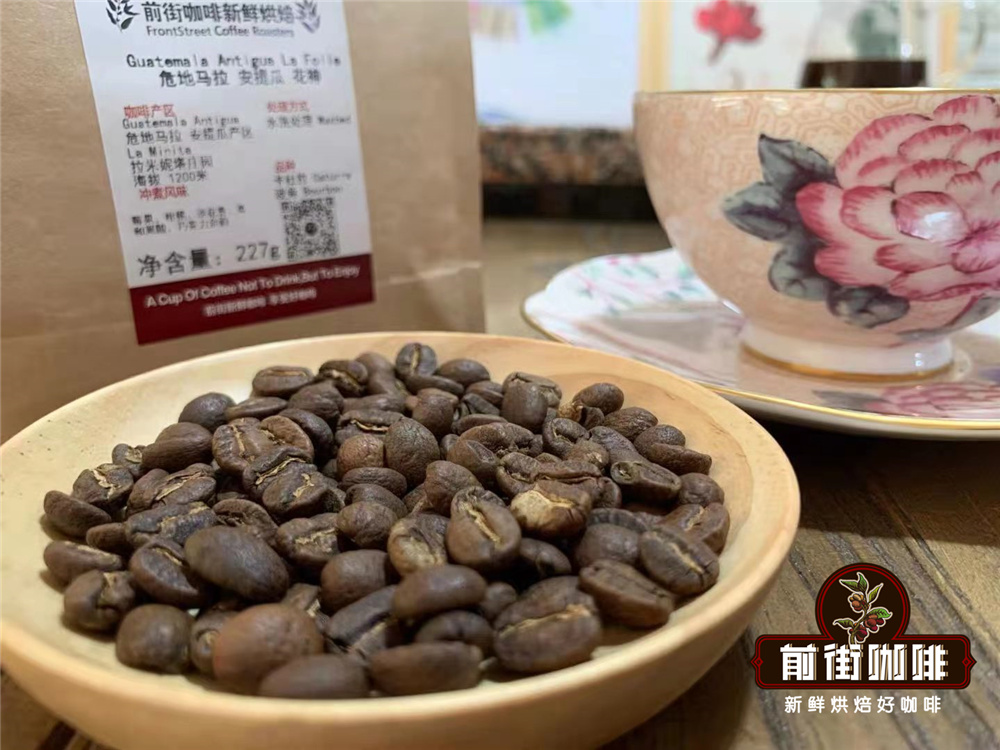
The charm of Antigua lies in its well-balanced acidity and strong spice flavor. coffee is not only smooth, high hardness and good quality, but also a perfect combination of acidity and sweetness, coupled with a trace of smokiness. More emphasis on its deep and mysterious. The smell of smoke is even more unique. In the bean list of Qianjie Coffee, there is a Huasheng coffee bean from Antigua. Hua Shen coffee bean washing treatment, as well as Kadulai and other varieties, flavor of citrus, nuts and cocoa finish, overall exquisite.
[Vivette Nanguo]
The rations in front of the street, Douwei Nanguo Coffee, do not have a strong sense of smoke in other areas, but are more comfortable and fruity. Of the three non-volcanic regions in Guatemala, the Vivette Nango region is the highest and driest. Although there are many highlands in Guatemala, among the coffee producing areas, only Vivette Nan Fruit can be called Vivette Nan Fruit Highland, which belongs to the typical S.H.B flavor. Coffee beans can be called the champion of Guatemalan coffee.
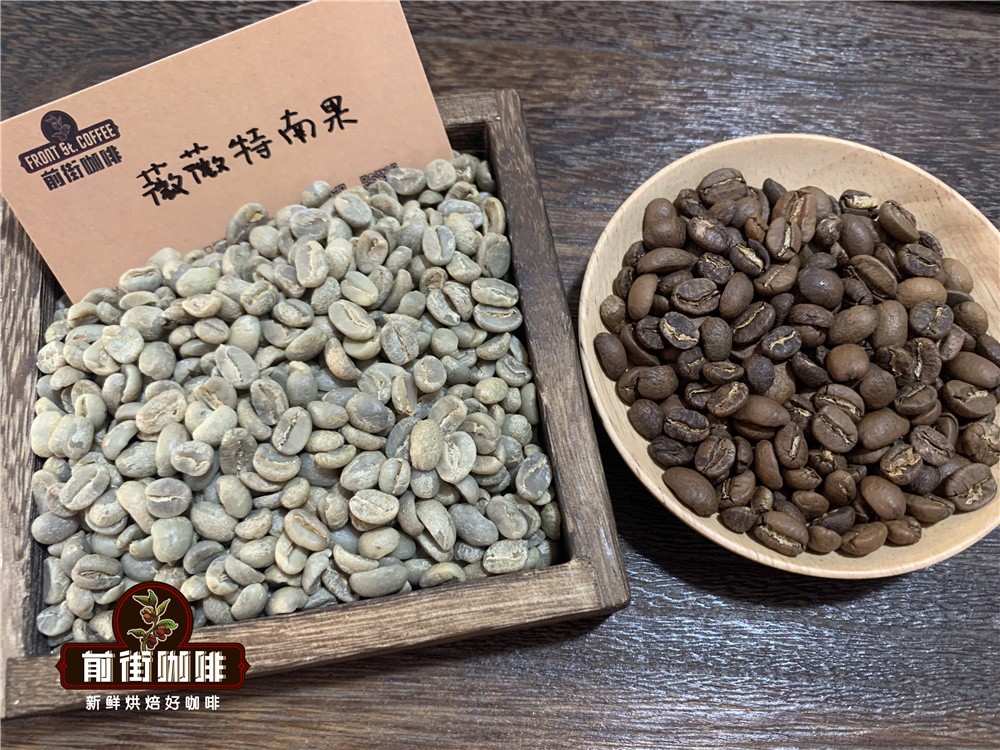
The coffee flavor produced by Vivette Nan Fruit Highland is typical of very hard beans. Although the aroma of flowers and fruits is slightly weaker, it has lively and bright sour, sour grapefruit, raspberry and mellow thickness, making it the top coffee in Guatemala and a favorite of eosinophilic people. sometimes there is a smell of lemon or citrus, similar to the tonality of Yejasuffi. Every year, most of the winning coffee beans in the Guatemalan coffee competition come from Vivette Nanguo Highlands, and they often win awards in cup testing competitions. Qianjie also chose Vivette Nan Fruit Coffee as the representative of Guatemalan coffee.
Vivette Nanguo is a coffee-producing area located in the most remote northwestern highlands of Guatemala. Viveit's name is also antique, derived from Nahuatl, meaning "land of the ancients (or ancestors)". It is one of the three major non-volcanic producing areas in the country.
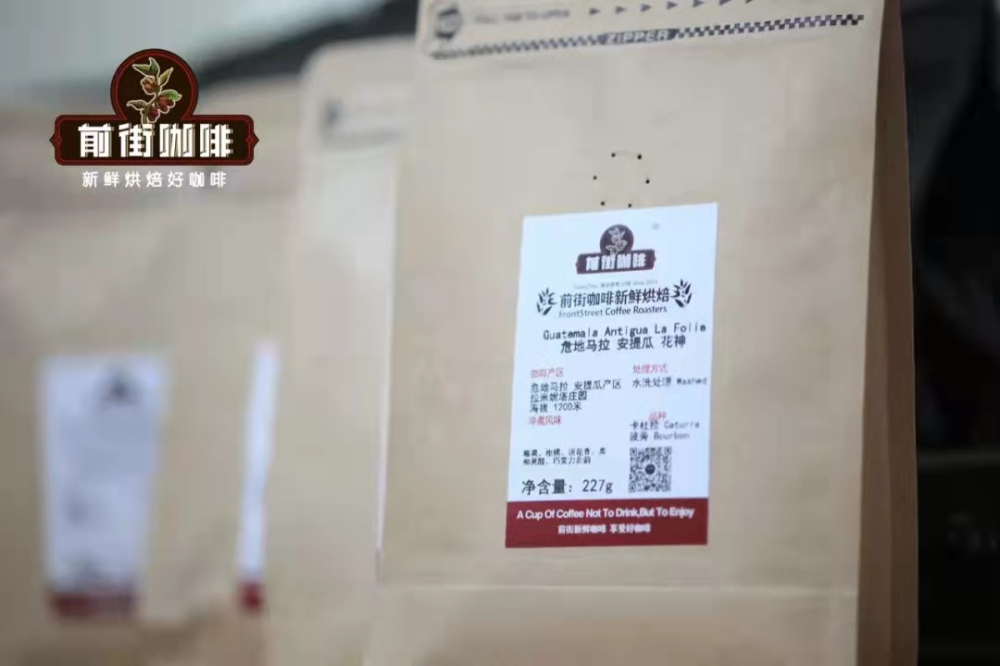
Vivette South fruit coffee cultivation began in the 19th century, since then in the process of continuous modification and progress, refining to improve the overall quality, and gradually bring the coffee to the perfect level. Some high-quality coffee farms are located in the valleys among the mountains, and the unique micro-climate change has created the peculiar flavor of coffee. The area is the driest and highest coffee area in Guatemala. Coffee is planted at an altitude of 1800 to 2100 meters above sea level. At the same time, there is warm and humid air from the Caribbean Sea from the Central Mountains, so the area is high but not cold, cloudy and changeable; it is a volcanic area with fertile volcanic soil. Located on the edge of plate activity, there are many alpine basins, and the dry hot wind from Mexico's Tehuantepec plateau protects the coffee beans from frost. Local people plant coffee trees to an area of nearly 2000 meters, which can be said to be a godsend coffee growing environment. Although Vivette South Fruit has a dry climate, streams in the region are intertwined, which can provide a large amount of clean water irrigation or supply water washing treatment plants, which can be washed directly in the mountains during the picking season.
[new Oriental New Oriente]
Rain Water Fengpei has been shaded by clouds for many years, the climate of New Oriental is similar to that of Koban, except for a small difference. It used to be a volcanic area with metamorphic rocks in the soil. The minerals in the soil are balanced by a large amount of metamorphic rock. Coffee cultivation is also different from the general volcanic areas of Guatemala, New Oriental coffee grows in volcanic soil, and there is no volcanic activity during the growth period.
Guatemalan coffee bean coffee variety
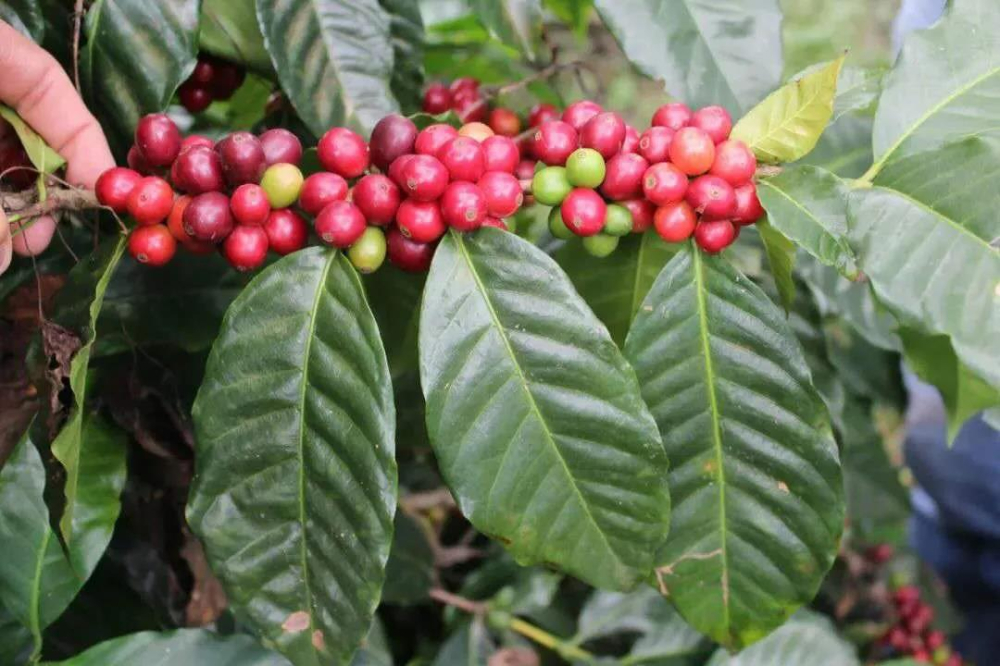
Guatemala coffee variety is very diverse, mainly bourbon, Tibica, Kaduai, Kaddura, but also a small amount of yellow bourbon, Rosa and Pacamara, is a typical American coffee mixed beans. The bourbon variety is the source of many coffee varieties today and was first found on the island of Reunion. When it was brought to America, its characteristics also changed. The hybrid variety Kaddura, which was first successfully planted in Brazil, has a shorter tree body and strong resistance to wind and rain. Kaduai, a hybrid of the New World variety and Kaddura, has a short and chubby tree and has a very high yield after proper fertilization. Qianjie Coffee bought this coffee bean because it shows the regional flavor of fruit acid and nuts in Guatemala.
Treatment of Guatemalan coffee beans
Guatemalan coffee beans are treated by washing, of which 45% belong to fine grade, the proportion is quite high, and there are also a small number of sturdy beans.
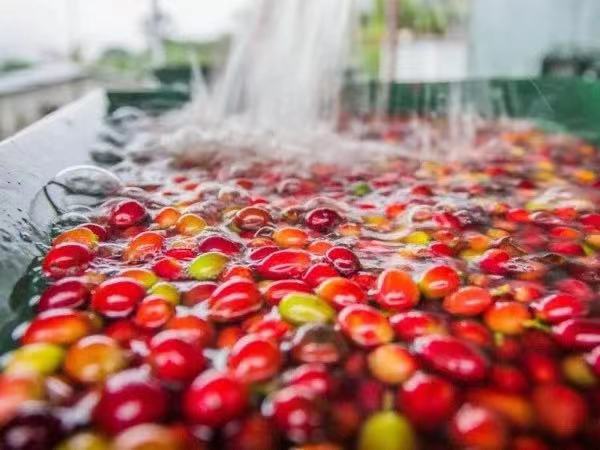
Washing treatment. After harvest, the selected coffee cherries were put into the peeling machine, and the peel and pulp were removed initially. Then put the raw coffee beans with residual pectin into the water and ferment for about 24 hours. After fermentation, it is washed in a flowing tank, dried coffee beans or dried with the help of a dryer, and the moisture content is reduced to about 12%, then transferred to the warehouse, and finally the parchment of raw coffee beans is removed and waited for sale. This treatment can show a very clean taste.
Parameters for brewing Guatemalan coffee in front of the street:
In order to show elegant floral, tea, and fruit aromas, Qianjie coffee shortens the caramelization time after an explosion and uses moderate roasting. Qianjie Coffee uses higher water temperature and finer powder in order to maximize the aroma of the beans when brewing this bean.
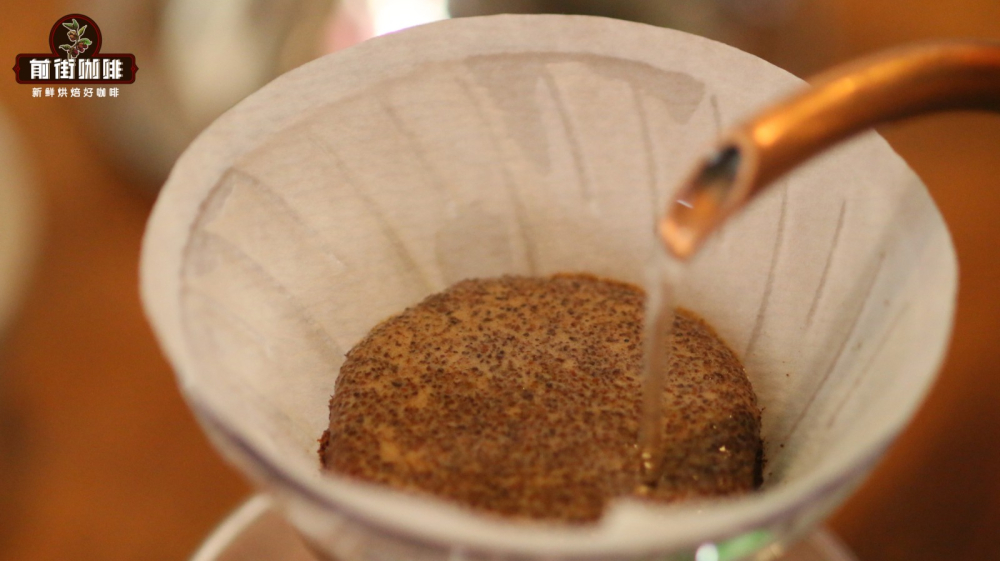
The specific cooking parameters used in Qianjie are: V60 filter cup, water temperature 91 ℃, water powder ratio 1:15, powder quantity 15g, medium fine grinding degree (China 20 standard sieve pass rate 80%)
Qianjie coffee staged extraction: first, use 30g water to fully wet the powder layer in the shape of "hamburger" and steam for 30s; in the second stage, water is injected into 125g at 1: 00 "timer, then stop and wait for the water level to drop to 2 / 3 of the powder layer into the third stage; in the third stage, the water is injected into 225g when the timer is 390 / 40", and the total extraction time for coffee liquid to be completely dropped is 1 cup 3959 ". The total brewing time is 2 minutes 39 percent 00 ". Shake gently after the coffee is extracted, and then taste it until the coffee liquid is fully uniform.
Suggestions for making coffee in front of the street:
To brew a good cup of coffee, you still need to pay attention to the freshness of the beans. Qianjie has always believed that the freshness of coffee beans has a great relationship with the flavor of coffee, so the coffee beans shipped in Qianjie coffee are roasted within 5 days. The purpose of Qianjie roasting is "freshly roasted coffee", so that every guest who places an order is the freshest coffee when he receives it. The bean cultivation period of coffee is about 4-7 days, so when the guest gets it, it is the time when the flavor is the best.
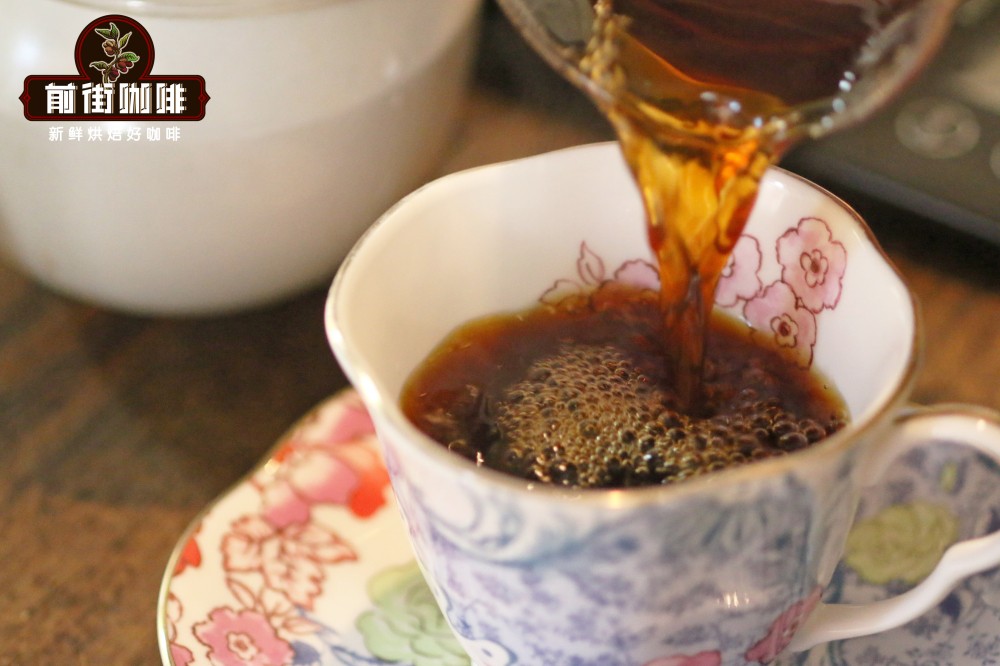
For those who need to be ground, Qianjie warmly reminds you that if the coffee beans are ground in advance, there is no need to raise the beans, because in the process of transportation, the pressure caused by carbon dioxide in the package can also make the coffee flavor round. so you can drink a cup of coffee as soon as you receive the coffee powder. But the coffee powder needs to be brewed in time, because the coffee powder oxidizes more quickly after contact with the air, that is to say, the flavor of the coffee will dissipate more quickly, and the flavor of the coffee is not so good. Therefore, Qianjie suggests buying whole beans, grinding and flushing now, so that we can better taste the flavor of coffee.
Professional coffee knowledge exchange more coffee bean information please follow the coffee workshop (Wechat official account cafe_style)
For more boutique coffee beans, please add private Qianjie coffee on Wechat. WeChat account: qjcoffeex
Important Notice :
前街咖啡 FrontStreet Coffee has moved to new addredd:
FrontStreet Coffee Address: 315,Donghua East Road,GuangZhou
Tel:020 38364473
- Prev

How to describe the Flavor of Antigua Coffee beans in Guatemala
Antigua is the most famous of the eight major producing areas in Guatemala. The unique volcanic soil shade planting makes the coffee beans in Antigua have a unique and detailed smoky flavor, which is loved by Taiwanese. Property Characteristics: farm characteristics Farm Farm name: Las Pastores belongs to the manor City City: Sacatepquez, Region producing area: Anti
- Next
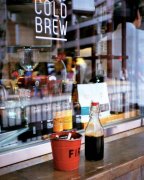
What is the characteristic flavor of Guatemalan coffee beans to describe the manor varieties in the producing areas
Communication of professional baristas Please follow the coffee workshop (official Wechat account cafe_style) when you think of Guatemalan coffee what Antigua comes to mind first? Is this the name of the ancient capital, the god of flowers? This is the name of a brand, and the meticulous smoky taste is correct. This is the characteristic of Guatemalan coffee. The main formation factor is caused by volcanic geology, coffee pull over the past 100 years.
Related
- Detailed explanation of Jadeite planting Land in Panamanian Jadeite Manor introduction to the grading system of Jadeite competitive bidding, Red bid, Green bid and Rose Summer
- Story of Coffee planting in Brenka region of Costa Rica Stonehenge Manor anaerobic heavy honey treatment of flavor mouth
- What's on the barrel of Blue Mountain Coffee beans?
- Can American coffee also pull flowers? How to use hot American style to pull out a good-looking pattern?
- Can you make a cold extract with coffee beans? What is the right proportion for cold-extracted coffee formula?
- Indonesian PWN Gold Mandrine Coffee Origin Features Flavor How to Chong? Mandolin coffee is American.
- A brief introduction to the flavor characteristics of Brazilian yellow bourbon coffee beans
- What is the effect of different water quality on the flavor of cold-extracted coffee? What kind of water is best for brewing coffee?
- Why do you think of Rose Summer whenever you mention Panamanian coffee?
- Introduction to the characteristics of authentic blue mountain coffee bean producing areas? What is the CIB Coffee Authority in Jamaica?

